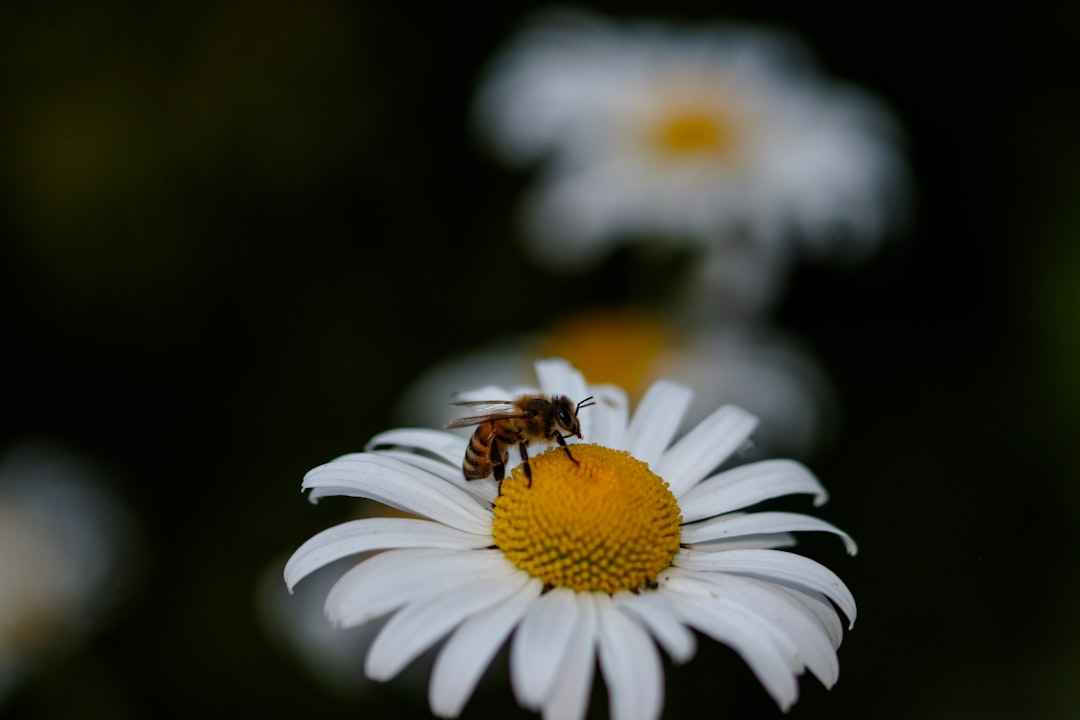Honey bee colonies are dynamic ecosystems that undergo significant changes throughout the year, influenced by seasonal variations in climate and resource availability. Understanding these cycles is crucial for beekeepers to adapt their management practices and ensure the health and productivity of their colonies. Here's a comprehensive overview of the annual cycle of a honey bee colony, highlighting variations in different climates.
Spring: Renewal and Growth
In the spring, honey bee colonies experience a surge in activity as temperatures rise and flowers bloom. This period is marked by:
-
Brood Rearing: The queen begins laying eggs, and the colony rapidly expands. Beekeepers must ensure adequate food stores and monitor for diseases like Chalkbrood and Sacbrood, which are prevalent during this time.
-
Foraging: Bees start collecting nectar and pollen, which are essential for feeding the growing brood and storing for future use.
-
Hive Inspections: Regular inspections are crucial to assess colony health, check for queen presence, and address any issues promptly.
Summer: Peak Activity and Honey Production
Summer is the peak season for honey bee colonies:
-
Honey Production: Bees work intensively to store honey, which is crucial for their survival during winter. In regions like northern Europe, honey production peaks from mid-June to mid-August.
-
Swarming: Colonies often swarm in summer, which can lead to the formation of new colonies. Beekeepers may need to manage swarming to prevent colony loss.
-
Pest Management: Regular monitoring for pests like Varroa mites is essential during this period.
Fall: Preparation for Winter
As fall approaches, colonies prepare for the colder months:
-
Brood Reduction: The queen slows down egg-laying, and the colony focuses on producing winter bees, which are more resilient to cold temperatures.
-
Food Storage: Bees stockpile honey and pollen to sustain themselves during winter. Beekeepers may need to supplement food stores if natural resources are scarce.
-
Disease Management: Monitoring for diseases and pests remains critical, as the colony's defenses may weaken with the onset of winter.
Winter: Survival and Clustering
During winter, honey bee colonies enter a state of dormancy:
-
Clustering: Bees form a tight cluster around the queen to conserve heat, relying on stored honey for energy.
-
Minimal Activity: Beekeepers should minimize hive inspections to avoid disrupting the cluster and exposing the colony to cold temperatures.
-
Supplemental Feeding: If necessary, beekeepers may provide supplemental food like fondant or hard sugar to ensure the colony has enough resources.
Variations in Different Climates
The annual cycle of a honey bee colony can vary significantly depending on the climate:
-
Tropical Regions: In warmer climates, colonies may remain active year-round, with less pronounced seasonal changes. However, this can also lead to continuous pest pressure and the need for regular management.
-
Temperate Zones: In regions like Europe and North America, seasonal changes are more pronounced, with distinct periods of activity and dormancy.
-
Climate Change Impacts: Rising temperatures and unpredictable weather patterns can disrupt floral resources and bee activity, requiring beekeepers to adapt their practices to mitigate these effects.
Conclusion
Adapting management practices to the seasonal cycles of honey bee colonies is essential for maintaining healthy and productive hives. By understanding these cycles and the variations in different climates, beekeepers can better prepare their colonies for the challenges each season presents. Whether you're managing a single hive or a large apiary, recognizing the annual cycle of a honey bee colony will help you navigate the complexities of beekeeping and contribute to the sustainability of these vital pollinators.
Citations:
- https://extension.psu.edu/honey-bee-management-throughout-the-seasons
- https://pmc.ncbi.nlm.nih.gov/articles/PMC10560870/
- https://bebeesuit.com/blogs/about-beekeeping/seasonal-beekeeping-tips-what-to-do-in-spring-summer-fall-and-winter
- https://isam.education/en/beekeeping-and-innovation-the-impact-of-climate-on-honey-production/
- https://pmc.ncbi.nlm.nih.gov/articles/PMC10299425/
- https://www.umweltbundesamt.de/en/topics/climate-energy/climate-change-adaptation/adaptation-tools/projects-studys/climate-smart-beekeeping-adapting-beekeeping
- https://canr.udel.edu/maarec/honey-bee-biology/seasonal-cycles-of-activities-in-colonies/
- https://pmc.ncbi.nlm.nih.gov/articles/PMC10280316/
- https://www.nature.com/articles/s41598-024-55327-8
- https://bee-health.extension.org/seasonality-of-brood-and-adult-populations-basic-bee-biology-for-beekeepers/
- https://www.scirp.org/pdf/ajcc2025141_52361526.pdf
- https://beehivemonitoring.com/seasonal-honey-production-insights-from-bee-colonies/
- http://extension.msstate.edu/publications/colony-growth-and-seasonal-management-honey-bees
- https://en.wikipedia.org/wiki/Honey_bee_life_cycle
- https://www.orkin.com/pests/stinging-pests/bees/honey-bees/honey-bee-life-span
- https://www.nature.com/articles/s41598-023-38153-2
- https://www.perfectbee.com/beekeeping-articles/honey-bee-life-cycle
- https://www.museumoftheearth.org/bees/behavior
- https://www.beekeepingfornewbies.com/managing-beehives-a-beginners-guide/
- https://blog.superbeehoney.com/seasonal-management-of-honey-bee-colonies/
- https://talkingwithbees.com/beekeeping-how-to-guides/beekeeping-calendar
- https://www.ucdavis.edu/climate/blog/bees-face-many-challenges-and-climate-change-ratcheting-pressure
- https://tribesbeekeepersassociation.com/beekeeping-and-climate-change-adaptation-and-mitigation/
- https://carroll.ext.vt.edu/content/dam/carroll_ext_vt_edu/flowers_class4_overview_yearly_management(1).pdf
- https://ecrotek.com.au/blogs/articles/beekeeping-checklist-by-the-seasons
- https://beekeeping.co.uk/pages/seasonal-guide-to-beekeeping
- https://en.wikipedia.org/wiki/Hive_management
- https://www.dadant.com/learn/beekeeping-in-june-managing-your-hive-at-the-seasons-peak/
- https://abcbees.ca/blog/seasonal-beekeeping-tasks/
- https://tribesbeekeepersassociation.com/beekeeping-in-the-face-of-climate-change-navigating-challenges-and-embracing-solutions/

Comments
No comments yet. Be the first to comment!
You must be logged in to comment. Login